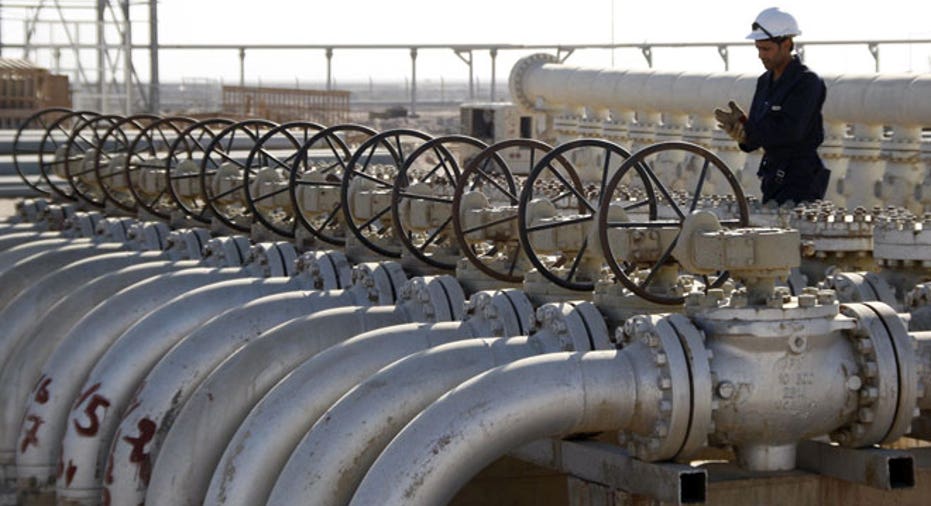OPEC May Slash 2013 Oil Demand Growth Forecast

OPEC may have to reduce its forecast for growth in world oil demand in 2013 by 20%, the exporter group said, citing a vague and turbulent outlook for the global economy.
The Organization of the Petroleum Exporting Countries left its forecast unchanged on Thursday from its estimate last month, however. Demand will expand by 810,000 barrels per day (bpd) next year, although the odds suggest oil use could undershoot that figure, it said.
"The downward risk potential has greater probability in the forecast than the upward risk one,'' OPEC said in its monthly report. ":Therefore, the gloomy picture could reduce the world oil demand growth forecast by 20% next year.''
OPEC, source of more than a third of the world's oil, expects world economic growth to slow to 3.2% next year from 3.3% in 2012, hindered by a slightly slower expansion in the United States and China, the world's two largest oil consumers, and weakness in the euro zone.
OPEC's demand outlook is, as usual, more cautious than that of the U.S. government, which on Tuesday raised its forecast for 2013 growth in oil consumption. The last of this month's trio of major oil reports is due on Friday from the International Energy Agency. For this year, OPEC left its forecast for the growth in world oil use virtually unchanged at 900,000 bpd and said the outlook had flattened out.
"Demand has overcome earlier expectations of a declining momentum and moved to a more stabilised trend, supported by the summer driving season, the summer heat and the continued shutdown of most of Japan's nuclear capacity.''
LOWER SAUDI, IRANIAN OUTPUT
OPEC trimmed the forecast of demand for its own oil this year and in 2013 by 80,000 bpd and 100,000 bpd, respectively, due to higher supply from producers outside the 12-member group. The United States, Canada and South Sudan are among the non-OPEC producers expected to provide more oil than previously expected this year. South Sudan said this week it hoped to resume production in September after ending a dispute with Sudan.
OPEC now expects demand for its crude to average 29.9 million bpd in 2012 - significantly less than it is pumping at present even after a drop in output last month due to sanctions on Iran and a cutback by Saudi Arabia. Citing secondary sources, OPEC said its production fell by 160,000 bpd to 31.19 million bpd in July, led by Iran, whose oil became subject to a European Union embargo from July 1 over its disputed nuclear programme. Output also declined in OPEC's top producer, Saudi Arabia, which told OPEC it had trimmed supply by 300,000 bpd to 9.8 million bpd in July. Industry sources told Reuters last month Riyadh reduced supply because of lower demand from some customers.
Analysts at Barclays Capital pointed out that the drop in Saudi output, as reported by Saudi Arabia itself, was larger than estimated by other assessors. "The Saudi output that was brought on to help compensate for the constriction of Iranian exports is being scaled back,'' Barclays Capital oil analyst Miswin Mahesh said in a report.
U.S. and European sanctions have pushed Iran from its traditional position as OPEC's second-largest producer to rank third behind Iraq, which has pushed output above 3 million bpd in July, ahead of Iran at 2.82 million bpd.



















